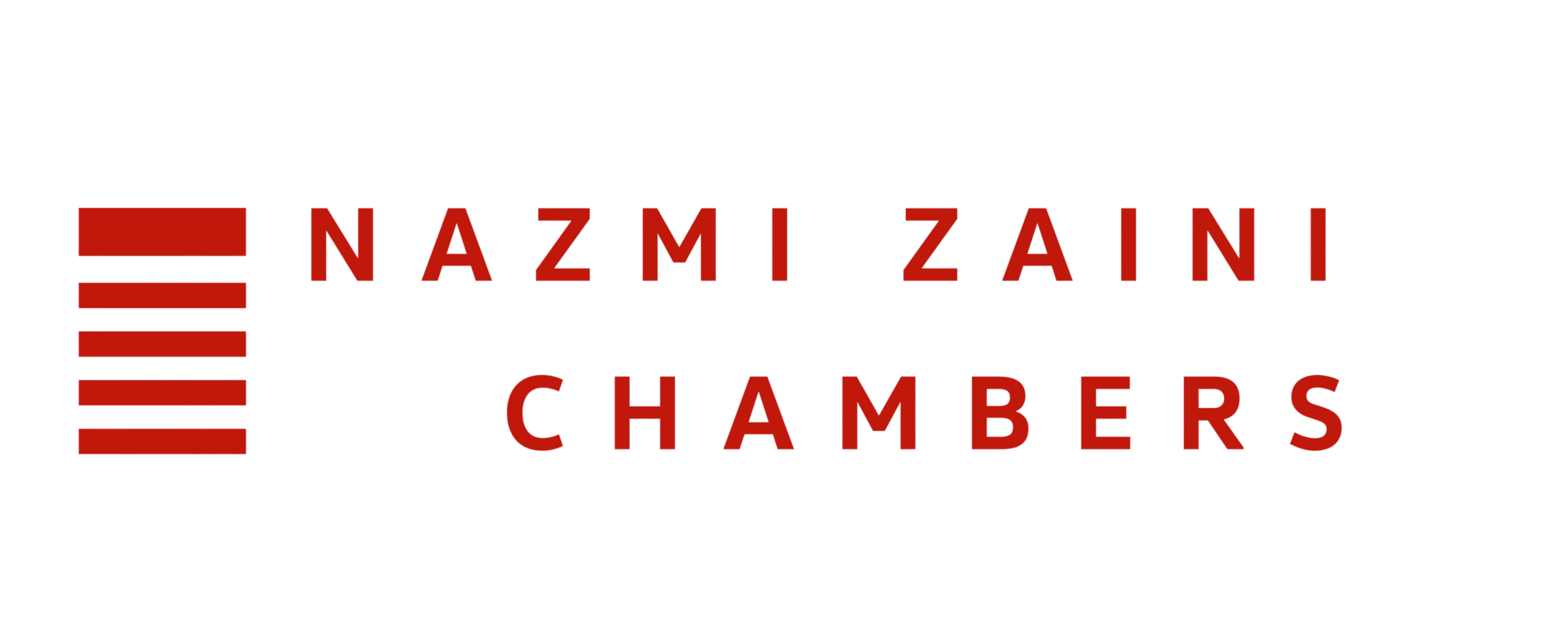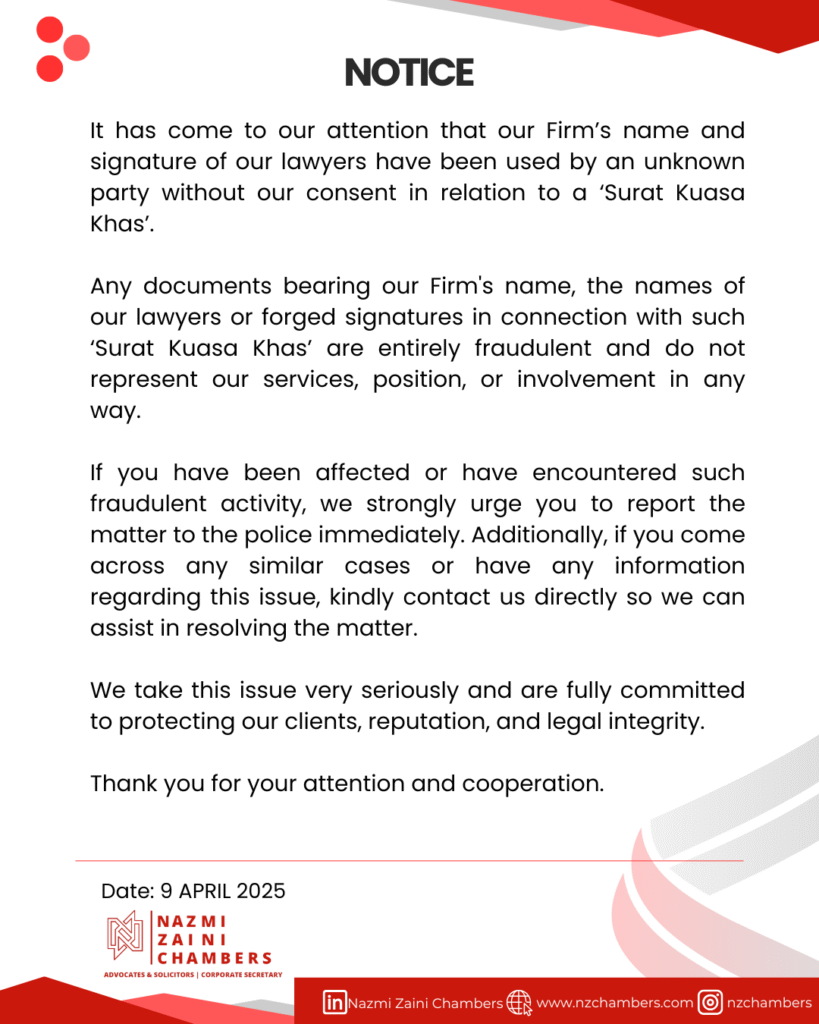Directors are often perceived as figures standing at the top of the company hierarchy, holding a distinct role separate from that of an employee. However, in the recent corporate environment, it is not uncommon for directors to take on dual responsibilities, serving both as employees and as directors simultaneously.
This article examines the case of Woon Kim Choy v Acexide Technology Sdn Bhd & Anor[1], in which the Court of Appeal (“COA”) emphasized that there is nothing unusual or extraordinary for a director of a company to also be an employee, reasons for which would be discussed below.
Background
The appellants, Woon Kim Choy and Chang Heng Keong were the promoters of Acexide Technology Sdn Bhd (“the Company”), alongside Mr Lim BH who are currently the majority shareholders of the Company together with his son, Jovi. Like most promoters, when the Company was incorporated, they each became shareholders and directors of the Company. However, during an Extraordinary General Meeting (EGM) convened by the majority shareholders, the Appellants were removed as directors and Jovi was appointed as director.
Following their removal, the Appellants had initiated claims for minority oppression and also sought remedies for alleged unlawful dismissal as a “workman” under the Industrial Relations Act 1967 (“IRA”).
A. Before the Industrial Court
The Company applied to have the Appellants’ claims struck out in the Industrial Court, arguing that as directors of the Company, the Appellants did not meet the statutory definition of “workmen” under Section 2 of the IRA. Therefore, the Company argued that the Industrial Court did not have the jurisdiction to hear the case.
For clarity “workmen” is defined under Section 2 of the IRA as:-
“… any person, including an apprentice, employed by an employer under a contract of employment to work for hire or reward and for the purposes of any proceedings in relation to a trade dispute includes any such person who has been dismissed, discharged or retrenched in connection with or as a consequence of that dispute or whose dismissal, discharge or retrenchment has led to that dispute.”
The Industrial Court ruled that the Appellants were not “workmen” as they were the “directing mind and brain” of the company, rather than employees. As a result, the Industrial Court determined that the issue of unlawful dismissal was irrelevant because there was no employment relationship to begin with, and thus no dismissal to address.
B. Before the High Court
The Appellants then applied for a judicial review of the Industrial Court’s decision, but the High Court dismissed the application. The High Court adopted the Industrial Court’s findings, stating that the Company’s contributions to EPF, SOCSO, and monthly income tax deductions did not conclusively mean that the Appellants were “workmen” of the Company.
The High Court determined that the Company had sufficiently explained that these were agreed benefits provided to all its directors. Additionally, the High Court was not convinced that listing the Appellants in the “Register of Employees” would change the fact that they were primarily the directors of the Company
C. Before the Court of Appeal
Dissatisfied with the High Court’s decision, the Appellants then appealed to the Court of Appeal, raising three main issues:
- Whether the Appellants as executive directors of the Company, were also engaged as employees of the Company and so qualify as a “workman” under the IRA 1967?
In the judgment, the COA held that the two positions and their respective roles and responsibilities may co-exist. Even if there is no written contract of employment, the oral contract of employment was further cemented by the conduct of the Company and the Appellants which falls within the ambit of Section 2 of the IRA where the contract of employment is defined as any agreement, whether oral or in writing and whether made expressly or impliedly, whereby one person agrees to employ another as workmen and the other agrees to serve his employer as a workmen.
The COA highlighted that the Company’s conduct has consistently recognized the Appellants as its employees. This can be seen through its action of including the Appellants in the company’s employee register. Additionally, the Company’s annual financial records referred to the Appellants as receiving “salaries” instead of “fees” for directors, with “fees” generally used for non-executive directors who are not employees. Also, the Appellants has specific roles and duties assigned to them by the Company in which both of them had secured numerous contracts.
The COA also cited in agreement the previous ruling of a Supreme Court case of Inchcape (M) Holdings Bhd v. RB Gray & Anor[2] where therein it was held in absolute terms that the legal position that a director cannot be a “workman” under the IRA appeared to have been relegated to the past and now is seen as outdated and no longer binding.
- Whether the fact of contributions to EPF and SOCSO and the filing of deduction of monthly income tax on salaries are indicia of the contract of employment not rebutted by the Company?
An employer who hires an employee is required by law to provide a statement of wages each month, showing both the employer’s and the employee’s contributions to the Employee Provident Fund (EPF) under sections 42 and 43 of the EPF Act[3]. Here, the EPF statements for both of the Appellants show that the contributions were based on a percentage of their salaries, with both the employer (the Company) and the employee contributing to the funds. This kind of contribution arrangement only applies when there is an employer-employee relationship.
Also, there is a monthly income tax deduction shown in the EA forms submitted by the Appellants to the LHDN.
In contrast, directors who are not employees and only receive directors’ fees instead will not have their tax details submitted under the “SG” category in the EA form for individual, non-business sources of income. This “SG” category refers to employment income from salary, wages, or other remuneration derived from an employment relationship.
- Whether the reliefs claimed in a minority oppression action by the appellants as shareholders of the Company preclude their claim for compensation in lieu of reinstatement for unlawful dismissal as employee/ “workman”?
The COA found that the High Court Judge seemed to be influenced by the argument that since the appellants had filed a minority oppression case, they should be precluded from seeking compensation for unlawful dismissal in the Industrial Court. The COA alluded that this is a common action taken by aggrieved minority shareholders in a private company to offer their shares to existing shareholders, not sell them in the open market like in public companies. This action is however separate from any claims for unlawful dismissal as an employee.
The COA further held that there is no connection between the minority shareholders’ claim and an employee’s right to seek compensation for unfair dismissal under the IRA. Pursuing a remedy for minority oppression should not prevent the Appellants from claiming unfair dismissal under their employment contract in the Industrial Court. A minority shareholder can still take action for unfair treatment, even if they are also an employee of the company.
Judgment
From the facts above, the COA ruled that the Appellants’ roles as employees were separate from their positions as directors of the company. Thus, the Appellants were considered “workmen” under the ambit of Section 2 of the IRA. The COA was also satisfied that the Appellants were dismissed without just cause and reason, and therefore awarded compensation in lieu of reinstatement as the Industrial Court has jurisdiction to hear the dispute.
The COA allowed both appeals and overturned the Industrial’s Court decision to dismiss the claims. COA also set aside the High Court’s order and granted compensation in lieu of reinstatement, following the guidelines set out in Practice Note No. 3 of 2019 of the Industrial Court.
Significant and Implication of the COA Ruling
The Woon Kim Choy case clarified the legal position that a person may, at the same time, be both a director and an employee of a company if a valid and separate contract of employment exists. It is important to understand the roles of director and employee can coexist within a company. This decision sets a new precedent, emphasizing the need to distinguish clearly between the termination of a directorship and the termination of employment. Since the rights and procedures for terminating a directorship and employment are different, companies need to handle both carefully to avoid legal issues.
Another keypoint to consider is that under Section 206(1)(a) of the Companies Act 2016[4], shareholders can remove a director at any time through a simple majority vote at an EGM, and there is no protection for a director against removal for any reason. On the other hand, employee dismissals are protected by laws such as the Employment Act 1955[5] and the Industrial Relations Act 1967[6]. These laws require that dismissals be fair, both procedurally and substantively, ensuring employees have the right to be heard in cases of alleged misconduct[7].
Conclusion
This case highlights that individuals can hold both director and employee roles within a Company. It is clear that the dismissal of a director does not automatically end the employment with the company unless proper procedures are followed under the IRA. Therefore, companies must make sure that proper procedures are followed when removing a director and/or dismissing an employee, even if the same person holds both roles. Companies must also clearly define and document roles to prevent confusion, and directors seeking protection should have well-defined employment terms. Confusing these separate roles of Director and employees and not following the appropriate legal processes and requirements can lead to serious legal consequences and liabilities for companies.
If you have any questions or queries, please contact our Dispute Resolution Partner, Mr. Brandon Cheah (brandon@nzchambers.com) or our Pupil-in-Chambers, Ms. Najihan.
Authors:
- Brandon Cheah
- Ms. Najihan
References:
[1] [2024] MLJU 3109
[2] [1985] CLJ (Rep) 132
[3] Employees Provident Fund Act 1991
[4] [Act 777]
[5] [Act 265]
[6] [Act 177]
[7] Section 20(1) of the Industrial Relations Act 1967
Published Date: 19 February 2025






